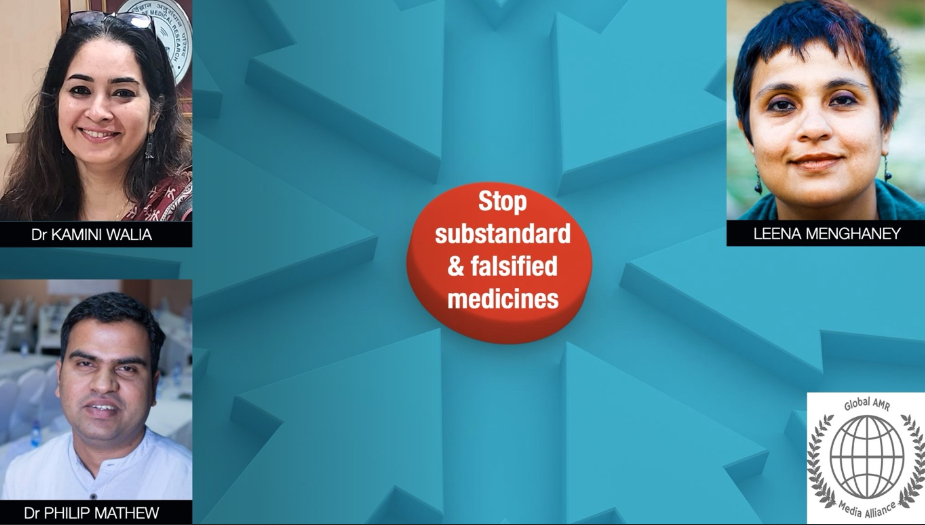Danger of Substandard and Falsified Medical Products Is Real and Growing, Experts Warn
The growing threat posed by substandard and falsified medical products is endangering lives and undermining global health efforts, experts have warned. A 2017 World Health Organization (WHO) report found that 10% of medical products in low- and middle-income countries were substandard or falsified — and alarming new data suggests the problem is only worsening.
“Estimated spending on substandard and falsified medicines exceeds US$30.5 billion, leading to between 70,000 and 170,000 deaths of children under five from pneumonia each year,” said Dr Philip Mathew, Technical Officer (AMR Awareness, Campaigns, and Advocacy) at WHO Geneva. “This is a public health emergency that demands urgent action.”
Substandard products often result from poor manufacturing practices and inadequate quality control, while falsified products intentionally misrepresent their source or ingredients. Both can cause treatment failure, worsening infections, and increased risk of antimicrobial resistance (AMR).
“In Bihar, India, we see that one of the major killers of people with advanced HIV is antimicrobial-resistant infections like cryptococcal meningitis,” said Leena Menghaney, a leading access-to-medicines advocate. “On one side, many lack access to essential medicines; on the other, we face rising drug resistance due to poor-quality products.”
Antimicrobial resistance, listed among WHO’s top ten global health threats, is exacerbated by the use of substandard medicines. “Suboptimal doses can allow bacteria to adapt, increasing the transmission of drug-resistant strains,” explained Dr Kamini Walia, senior scientist at the Indian Council of Medical Research (ICMR) and Scientific Chairperson of the Global AMR Media Alliance (GAMA).
Dr Walia emphasized that the overuse of antimicrobials in agriculture compounds the issue:
“Sixty percent of antimicrobials are used in livestock and poultry. Resistant bacteria like Salmonella, E. coli, and Klebsiella can travel to humans through the food chain,” she said.
Weak regulatory systems, corruption, and unaffordable healthcare push people to seek cheaper, often unsafe, medicines. “Without Universal Health Coverage, people resort to informal sources, heightening the risk,” said Dr Mathew. WHO’s 2024 report recorded an average 36.3% annual rise in incidents of substandard and falsified medical products between 2017 and 2021.
Low-quality medicines often contain insufficient active ingredients, falling below the minimum inhibitory concentration needed to kill pathogens. “When medicines lack active ingredients, infections persist, AMR rises, and trust in the healthcare system declines,” warned Dr Mathew.
Leena Menghaney stressed that drug quality surveillance must involve affected communities. “In 2024, networks of people living with HIV in India detected substandard antiretroviral drugs and promptly alerted authorities, leading to swift corrective action,” she said. “Community vigilance can strengthen regulatory systems.”
She also called for more rigorous standards, including ensuring bioequivalence and drug stability — critical factors for medicine effectiveness, particularly in tropical climates.
Experts are calling for multisectoral collaboration, better surveillance technologies, and stronger regulatory systems to combat this threat. “Innovations are vital,” said Dr Mathew. “The Trinity Challenge has launched a GBP 1 million competition to spur solutions from the Global South.”
Dr Walia concluded: “Strengthening the global medicines supply chain and investing in regulatory capacity is essential to curb AMR and ensure safer, effective medicines for all.”



